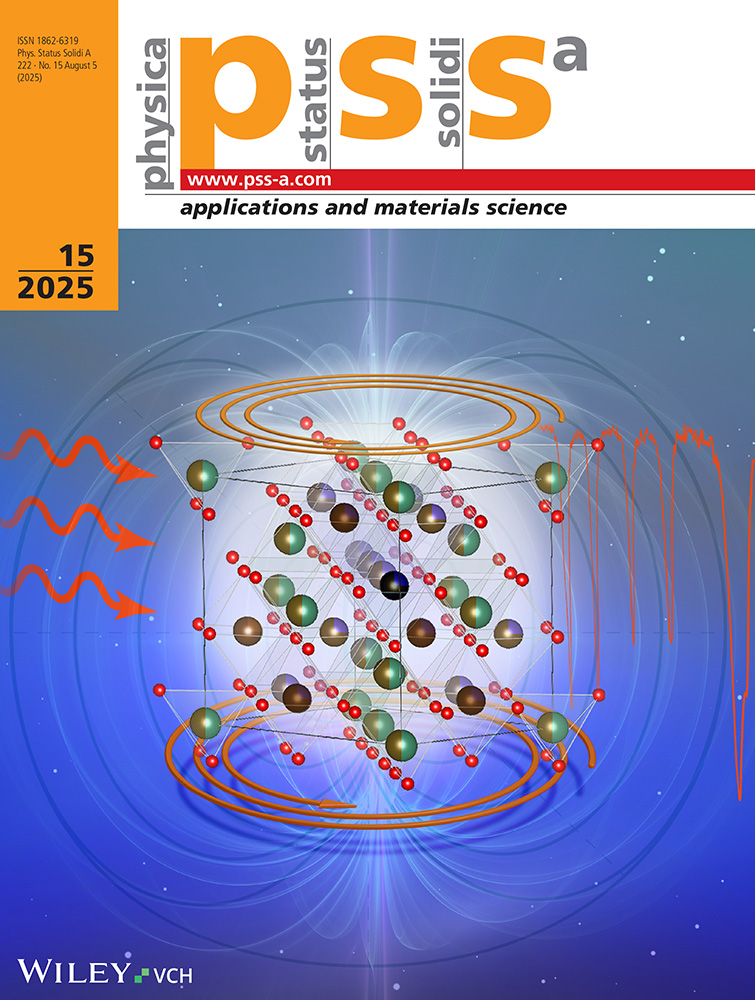Magnetization reversal in thin magnetic films with in-plane compensation walls
Abstract
enIn-plane compensation surfaces may occur in thin ferrimagnetic films if the material has a magnetic compensation point and if a concentration gradient exists in the direction of the film normal. These planes with zero magnetization move through the film thickness at changing temperature and divide the film into sublayers. According to the magnetization directions in these sublayers, different configurations are possible. The temperature dependent transition fields between such configurations are calculated using a simple model. From these calculations, hysteresis loops for Faraday and Kerr effect observation can be constructed. The results are compared with measurements on films of gadolinium–iron garnet and amorphous gadolinium cobalt.
Abstract
deIn dünnen Schichten aus ferrimagnetisch geordneten Materialien können zur Schichtebene parallele Kompensationsflächen auftreten, wenn das Material einen magnetischen Kompensationspunkt hat und ein Zusammensetzungsgradient in Schichtnormalenrichtung vorhanden ist. Durch diese Ebenen, in denen die Magnetisierung verschwindet, und die sich bei Temperaturänderung durch die Schicht bewegen, wird die Probe in Teilschichten getrennt. Je nach den Magnetisierungsrichtungen in den Teilen sind verschiedene Konfigurationen möglich. Nach einem einfachen Modell werden die Ummagnetisierungsfeldstärken in Abhängigkeit von der Temperatur berechnet und die Hysteresekurven konstruiert, die sich bei magnetooptischer Messung mittels Faraday- oder Kerr-Effekt ergeben müßten. Die Ergebnisse werden mit experimentellen Werten von Gadolinium–Eisen-Granat- und amorphen Gadolinium–Kobalt-Schichten verglichen.




